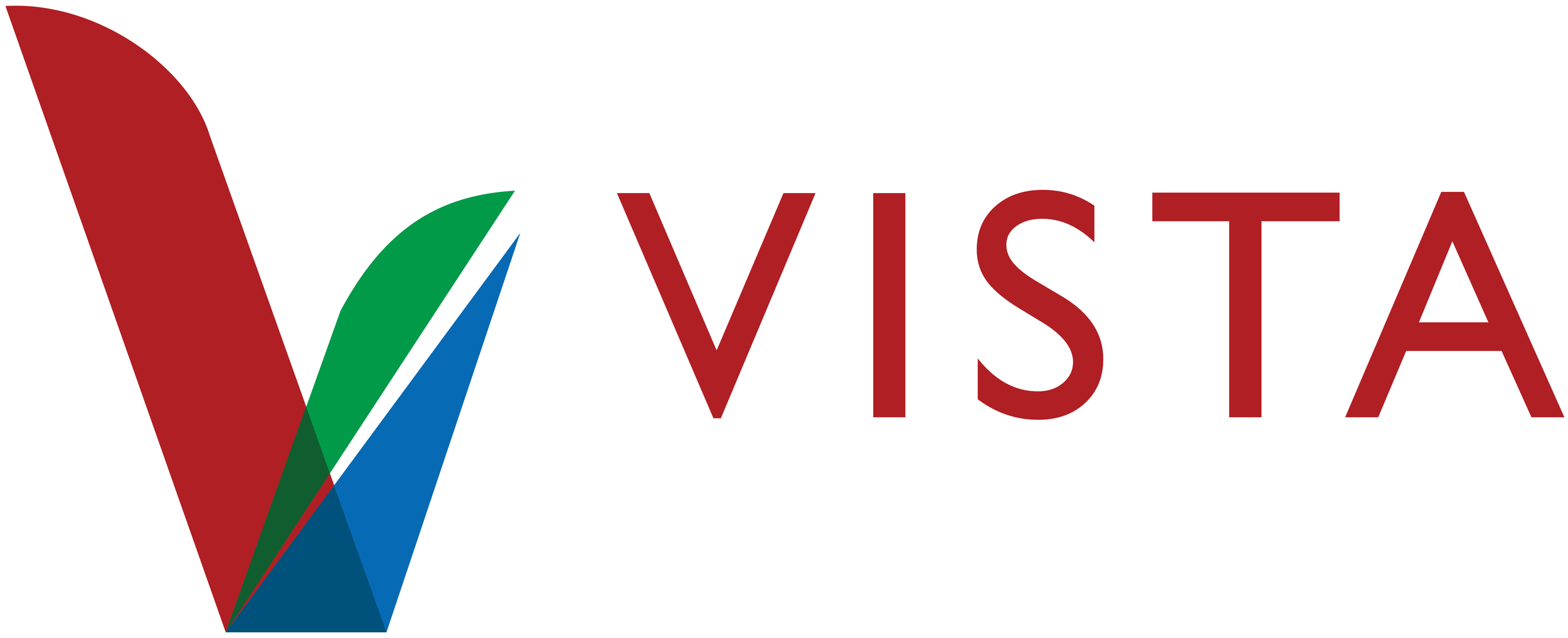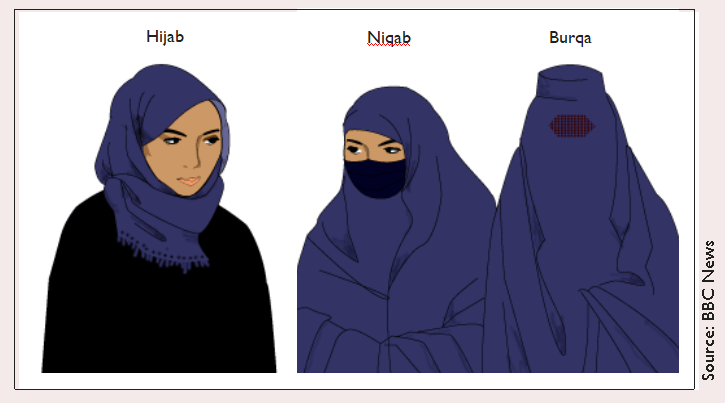To ban or not to ban: The Burqua debate
The call for a Europe-wide ban on wearing the burqa, from the German leader of the European Parliament’s Free Democrats, Silvana Koch-Mehrin, is the latest contribution to a growing debate about the rights of Muslim women to express their religious beliefs through what they wear.
The majority of Muslim women wear a headscarf or hijab in public, which leaves their faces fully visible. The niqab, or face veil, is worn with an accompanying headscarf and covers all of their faces apart from their eyes.
The burqa is the most concealing garment. A mesh screen allows the wearer to see, but they are otherwise fully covered. Koch-Mehrin has described it as a ‘mobile prison’ which attacks the rights of women, and represents ‘values we in Europe do not share’.
This question of European values is at the heart of the discussion. Does the public wearing of the burqa or face veil represent an unacceptable oppression of Muslim women? Or would stopping them wearing it violate their right to religious freedom, guaranteed under the European Convention for Human Rights? The Belgian Lower House voted in April to ban the burqa, the decision is expected to be ratified by the Senate after the election. France’s Government may follow with a ban on wearing the burqa and face veil in public, despite the State Council rejecting the bill as ‘unconstitutional’.
In Spain, fundamentalist Muslim leaders from Catalunya plan to take their municipal councils to court, saying the decision to implement a ban ‘violates the freedom of our women to dress as they want.’
Security is another reason given by supporters of a ban, as the burqa completely covers the wearer. In 2009, a Spanish court refused to let a Muslim woman give evidence until she agreed to wear an ‘open’ burqa, which showed some of her face. Two years earlier in 2007, the Dutch government agreed to ban wearing the face veil and burqa in public because of security concerns, and some French advocates of a ban also cite this reason.
“While the burqa and face veil are worn by a small number of Muslim women across Europe, the headscarf or niqab is a more familiar sight”
Pubic opinion in France appears to support their governments’ initiative, with 70% in favour of banning the face-veil, according to a March 2010 poll by the UK-based Financial Times. Other countries surveyed also showed high levels of support of a ban, with 65% of respondents in Spain, 63% in Italy, 50% in Germany and 57% in the UK in favour.
While the burqa and face veil are worn by a small number of Muslim women across Europe, the headscarf or niqab is a more familiar sight. It too has come under fire as a religious symbol, and has been banned in schools in France, the Netherlands and at least four German states.
A 2005 Pew Global Attitudes survey found that support for banning the headscarf was usually linked to overall attitudes towards Muslims. For example, 55% of respondents in Great Britain who viewed Muslims unfavourably supported a ban, compared with only 23% of those who had positive attitudes towards Muslims. In France there was less difference between those with positive or negative attitudes – 74% and 86% respectively.
The same survey showed that many Muslim women do not cover their heads at all – 47% in Great Britain, and 87% in France. But for those who do, and for the younger generation in particular, there is a growing trend to blend their Muslim and European identities. They still adhere to the Islamic dress code and cover all but hands, feet and face – but they do it in style, as Emma Tarlo, author of Visibly Muslim: Fashion, Politics and Faith comments: “In a sense they are using fashion to try to contradict the idea of the hijab being just about politics, traditionalism or piety even. They are modern and they want to be seen as modern.”
“The debate, for Christians, is about more than Muslim headdress”
The debate, for Christians, is about more than Muslim headdress. Large crosses and Jewish skull caps were banned alongside the hijab in French schools in 2004. Do we take this as a sign of growing European securalism, and allow ourselves to feel under threat in the same way as some do in the Muslim community? And should we protest about not being able to wear our religious symbols, but prevent Muslim women expressing their faith through what they wear? Are the hijab, face veil and burqa all equally unacceptable, or where should the line be drawn? The issues are complex but we need to engage with them if we are to understand our own position as people of faith – as well as that of Muslims.
Joanne Appleton

